
Teachers, see the world for FREE with Teachers for Global Classrooms and Fulbright-Hays!
Meet Arlis Groves, a California teacher who is an expert in educator travel.
Teaching Traveling: Arlis, tell us a bit about your background.
Arlis: I’ve called Central California home most of my life, with one exception. When my oldest daughter was just a toddler, my husband took a job managing a touring band on the east coast.
During that time, we lived in hotels, and the only keys on our key rings were for the company cars and vans. My B.A. is in art, so my early career choices included a photography business and working with two advertising agencies.
Teaching did not call my name until I became the mom of school-aged children. The need to have a positive impact on young lives was too strong to ignore. Presently, I have 18 years of teaching behind me and am still excited by the challenges ahead.
As a middle school history and social studies teacher, I get the opportunity to participate in some amazingly fulfilling professional development travel adventures that inspire my lessons back home.
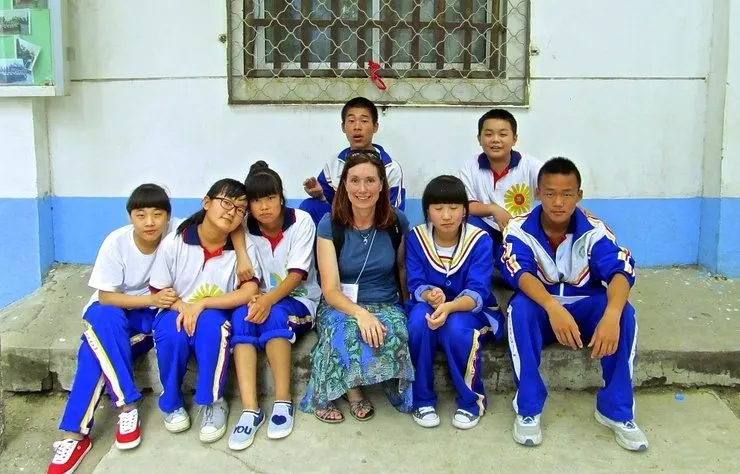
TT: Tell us more about your travels!
A: This past summer I spent five weeks in five different cities in China as a Fulbright-Hays Seminars Abroad Fellow. After an orientation in New Jersey, I flew, with thirteen other teachers, from the U.S. to Beijing, China’s political capital, where we began our study of China’s cultural, political, economic, and historic character.
I looked forward to more fully understanding China’s transformation into a global power and to visiting important historic and contemporary sites.
Our itinerary included lectures at universities and secondary schools and round table discussions about the successes and challenges of our respective educational systems. Our school visits revealed a contrast in educational facilities for students that mirrored the contrasts we were seeing throughout China.
Some were sleek, with modern amenities, and others, usually rural schools, made do with fewer comforts and minimal technology. We found that teachers in China struggle to meet individual students’ needs and to create engaging, interactive lessons, just as teachers in the U.S. do.
At Dandelion Middle School, educators serve the children of migrant workers and have created a cheerful and creative environment for their students. From Beijing we moved on to Xi’an, the home of the Terra Cotta Warriors of the Qin Dynasty and the beginning of the Silk Road. (See more about terracotta color here.) A history teacher’s paradise!
A home stay in Hu County was a highlight. We did not miss out on visits to important historic and contemporary sites such as The Great Wall in Mutianyu, The Forbidden City, Tiananmen Square, The Dazu Rock Carvings, a cruise along the Yangtze River, and more. Other major and dynamic cities we visited were Chongqing, Shanghai, and Hong Kong.

TT: How did you find your funded travel opportunities?
A: A few years ago, a colleague received a grant to participate in Fulbright-Hays Seminars Abroad and traveled to India to study the culture and its educational system. That was the first time I realized that there were international study travel opportunities, and that I might be able to realize my dream of learning about and experiencing new-to-me cultures and countries.
When Fulbright-Hays opened the application window next, I applied and was selected to travel to Senegal in 2010. That trip changed my life. I was hooked. I continue to research opportunities to apply for travel study programs. By now, my international experiences include Senegal, Indonesia, and China.
TT: Amazing. How do you find the money to travel?
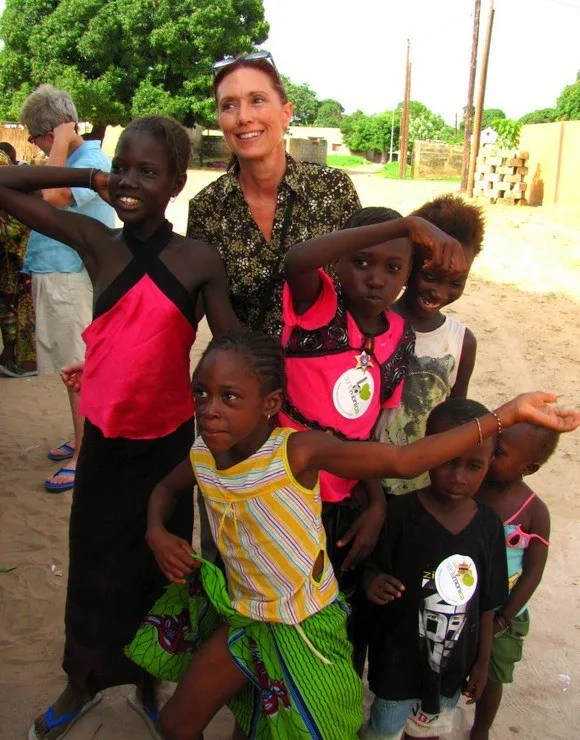
A: My modest budget does not leave me with much spare change, so I seek out cultural exchange programs that fund most of the study tour. The U.S. Department of State’s Bureau of Educational and Cultural Affairs has several programs.
The ones that were a fit for me are IREXs Teachers for Global Classrooms and Fulbright-Hays Seminars Abroad. There are culminating follow-up project requirements for these programs, and they can be rigorous.
I know I am fortunate to have been selected to participate in these study tours, so I am more than happy to do the work. I get to relive memorable moments and to tell stories in my classroom as I implement my curricular projects each school year.
TT: Tell us one moment from your travels that was particularly powerful, interesting, or funny.
A: As much as the geography, culture, and history of each adventure captivates me, the memories that evoke real and fond emotion are ones in which personal connections developed. Sometimes these connections are with people who are not part of the educational tour.
During my stay in Dakar, Senegal, morning walks along the Cornishe with fellow teacher, Sue, proved to be the regular, but opposite route of a Senegalese woman. She stood out because most other exercise enthusiasts were men. Thinking she spoke only Wolof and French, we nodded, smiled, and walked on day after day.
Eventually, Sue figured out that she was greeting us in English, and we began an acquaintance that continues via email correspondence to this day. Another example came in Mojokerto, Indonesia.
The owners of a food stall I passed each day grew near to my heart, and despite, or because of, our language barriers, we grew close by working hard to communicate. At the end of the school day, my teaching partner and I often stopped in to grab a Coke and hang out. To bridge the language barrier, we gestured, sketched, and passed around flash cards and Nancy’s iPad.
On a day that was scheduled for touring, our quick stop at the food stall turned into an unexpected motorcycle ride to the owners’ home. Our host teachers, waiting to take us touring, were surprised to see us motoring in from the hills instead of walking up from our rooms.
TT: How have your travels impacted you as a teacher, and in your current career?
A: Each of the programs I participated in included a requirement that teachers translate their learning into classroom lessons or units. The process mandates reflection and analysis of aspects of the journey that my students will connect to, shrinking the distance between my classroom and countries I have visited.
As I build lessons and continue my cultural research, I gain a deeper understanding of the things I experienced along the way. I love being able to teach culture and history in a narrative format, and I can do that best when I have my own travel experiences to draw on.
Students sit up and pay attention when I tell stories and show photographs and artifacts from my travels. They begin to see themselves in the global picture, to understand how they fit into historic and global events. By personalizing the content, students care more about what they are learning.
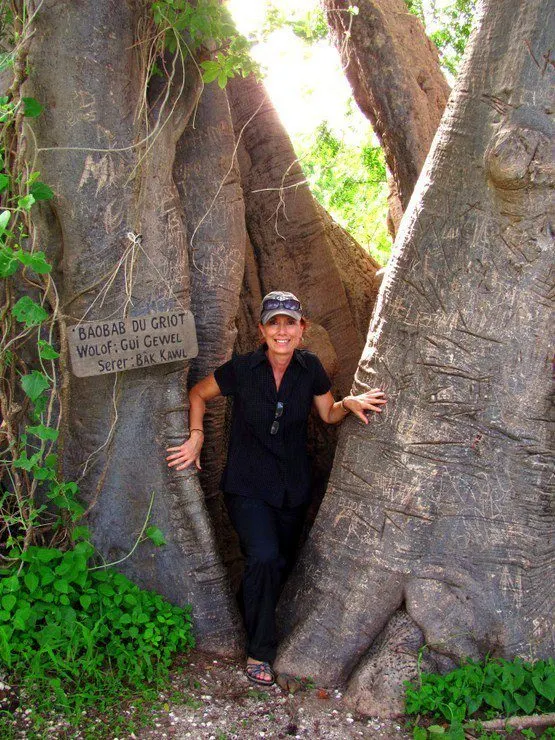
TT: How have your travels impacted you as a person?
A: I hope that I am becoming a kinder, gentler American and that I can better understand people by understanding cultural norms in a variety of countries. There are some practices I admire and have adopted. In both Senegal and China, greeting and conversation is a subtle but important art.
Folks in the states tend to be very direct. Sometimes we even skip greetings to get straight to the point. In my travels, I learned that greetings and good wishes for family and health are important preludes to the actual purpose of the meeting.
I now make an effort to emulate the art of greeting in both writing and my conversations with people. I have also learned to appreciate the abundance of comfort, food, and reliable technology available to me at home.
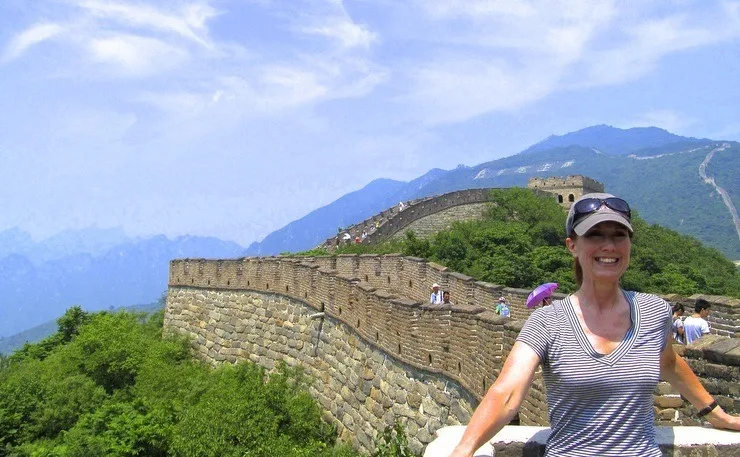
TT: What advice do you have for teachers who are dreaming of travel, or travelers dreaming of teaching?
A: Teachers who dream of travel, who have that heart-flutter or lump in the throat when they watch travel programs like Globe Trekker, should know that there are a variety of ways to make study travel happen.
My challenge was that I didn’t have money to travel, but there are some grant opportunities that teachers who are not afraid of hard work can apply to. Do some Internet research, and follow Teaching Traveling.
There are a multitude of good ideas for ways to travel and teach internationally. My Global Education Resources Guide includes a program list that may be helpful. My travel blogs are Discovering China, and Senegal.
TT: Thanks so much, Arlis. Readers, what questions or comments do you have for this remarkable teacher traveler?
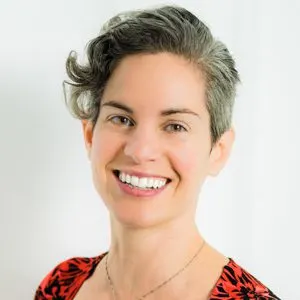
The author, Lillie Marshall, is a 6-foot-tall National Board Certified Teacher of English from Boston who has been a public school educator since 2003. She launched TeachingTraveling.com in 2010 to share expert global education resources, and over 1.6 million readers have visited over the past decade. Lillie also runs AroundTheWorld L.com Travel and Life Blog, and DrawingsOf.com for educational art. Do stay in touch via subscribing to her monthly newsletter, and following @WorldLillie on social media!
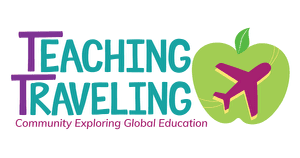
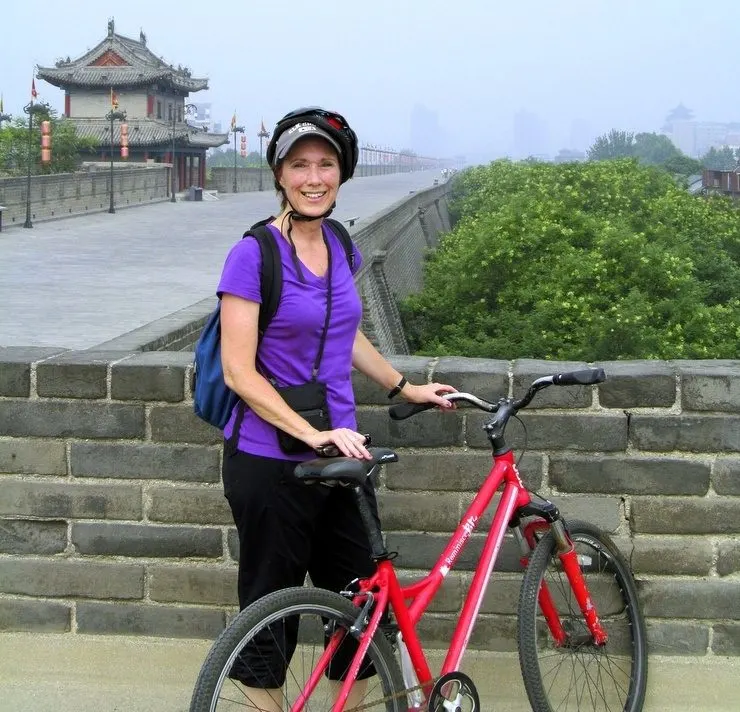

williams adeniran
Tuesday 12th of April 2016
hi , hope teachers in Nigeria can also apply for dis grant !!! am really interested
William Adkins
Wednesday 5th of March 2014
Hey Arlis, Nice to hear from you and see those pics from our time in Senegal.
Arlis Groves
Monday 28th of July 2014
Bill,
The Fulbright-Hays Summer Seminars Abroad program in Senegal was unforgettable. I really hope the funding for that program doesn't dry up completely. In recent years, it has only been able to fund one study tour per year instead of six, as it did in 2010.
wanderingeducators
Thursday 6th of February 2014
Love this! Thank you for sharing.
Adam
Thursday 6th of February 2014
What an outstanding program ... Arlis' students are lucky to have her as a teacher!
Arlis Groves
Friday 7th of February 2014
Indeed these are exceptional programs, and I was fortunate to be able to participate in them. I'll be sure to tell my students how lucky they are. :)
Lois
Thursday 6th of February 2014
Arlis, I was extremely priviledged to witness first hand, in China, how you are an inspiration to the world wide community of educators! You are truly an embodiment of the phrase "lifelong learner." Keep in touch. Hugs, Lois
Arlis Groves
Thursday 6th of February 2014
Lois, I learned a lot traveling with you, a veteran globetrotter, and hope to meet up with you again. Learning from colleagues is one compelling reason to travel in a study group.